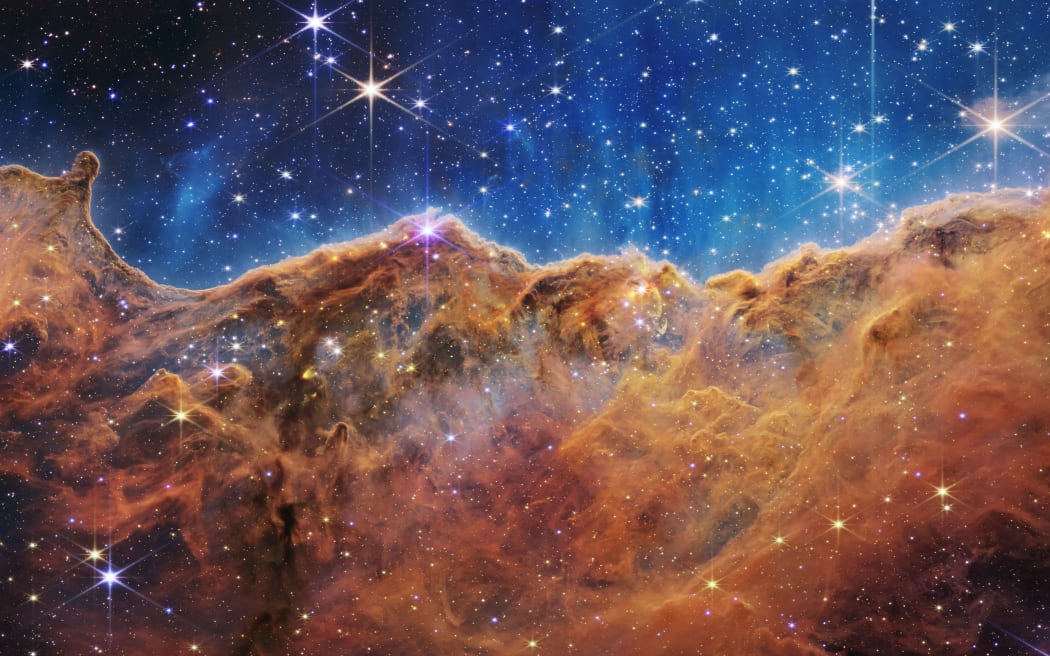It may have felt a little smaller down here on earth today after NASA released more stunning images taken by the James Webb Space telescope.
The images show billions of years of cosmic evolution in what has been hailed as the beginning of a new era of space observation.

Photo: AFP
While NASA is the main player behind the 10 billion dollar telescope it has also been a international collaboration between multiple space agencies and scientific institutes
Head of Space Science at the UK Space Agency Dr Caroline Harper chats to Karyn about her reaction to those images and what the UK's involvement in the development of the telescope has been.

